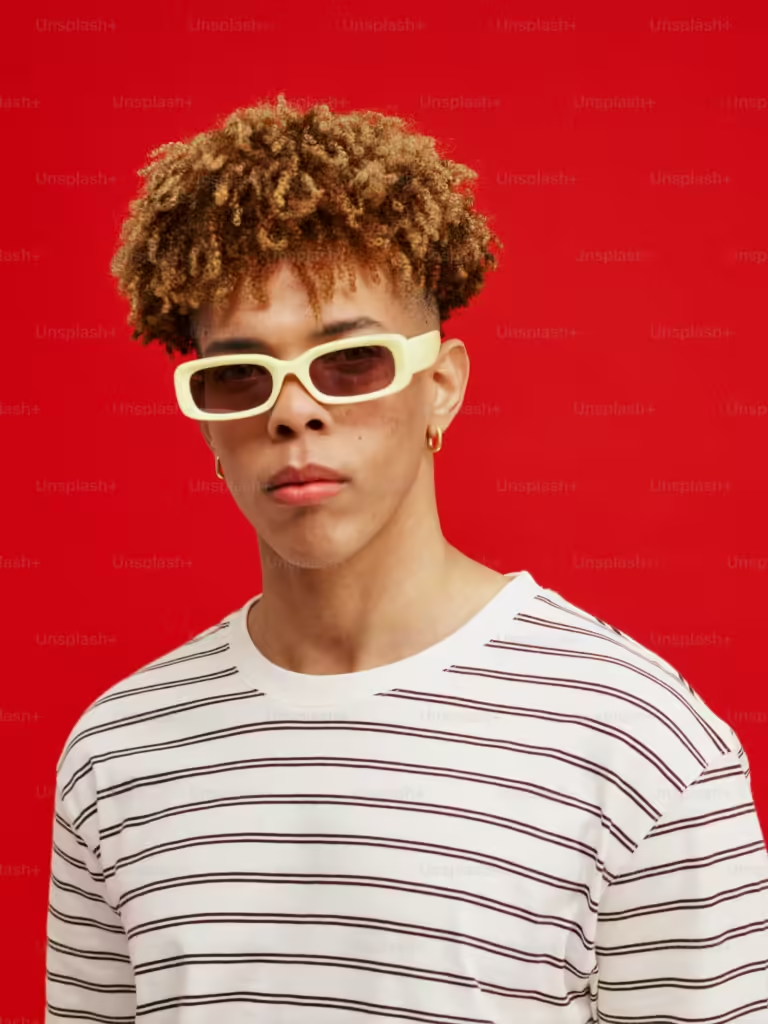Body Types and Clothing: A Guide to Choosing the Right Styles
When it comes to fashion, understanding your body type can make all the difference in how clothes fit and flatter. Here’s a guide to help you choose styles that enhance your unique shape.
1. Hourglass
Characteristics: Balanced proportions with a defined waist.
Best Styles:
- Wrap Dresses: Accentuate the waist and enhance curves.
- High-Waisted Pants: Highlight your natural waistline.
- Belted Tops: Create definition and shape.
2. Pear Shape
Characteristics: Wider hips with a smaller bust.
Best Styles:
- A-Line Skirts: Flatter the hips and balance proportions.
- Off-the-Shoulder Tops: Draw attention to the upper body.
- Dark Bottoms: Slim down the lower half.
3. Apple Shape
Characteristics: Fuller bust and midsection with slim legs.
Best Styles:
- Empire Waist Dresses: Provide a flattering silhouette without clinging to the waist.
- Straight-Leg Pants: Offer a balanced look.
- V-Neck Tops: Elongate the torso and create a flattering neckline.

Wardrobe Maintenance: Tips for Caring for Your Clothing
1. Washing Wisely
- Read Labels: Always check care labels for washing instructions.
- Cold Water: Wash most clothes in cold water to prevent shrinking and fading.
- Gentle Cycle: Use the delicate cycle for fragile fabrics to minimize wear.
2. Drying Techniques
- Air Dry: Whenever possible, air dry clothes to prevent damage from heat.
- Avoid Overloading: Don’t overload your dryer; it can lead to uneven drying and wrinkling.
3. Storing Right
- Use Proper Hangers: Invest in quality hangers to maintain shape—wooden for heavy items, padded for delicate fabrics.
4. Spot Cleaning
- Immediate Action: Address spills or stains as soon as they happen to prevent setting.
- Use the Right Products: Invest in gentle stain removers that won’t damage fabrics.

Conclusion: Fashion as a Form of Expression
Fashion continues to evolve, reflecting societal changes and cultural movements. It’s a powerful medium for self-expression, allowing individuals to showcase their identities and beliefs. As we look to the future, the importance of sustainability and inclusivity will shape the next chapters in the story of fashion.
Whether you’re a trendsetter or someone who prefers classic styles, fashion offers something for everyone. Embrace the journey of self-expression through clothing, and remember that every piece tells a story. What’s yours?
Standout Features in Fashion History: Bodices, Bustles, Top Hats, and Tailcoats
Fashion is a captivating expression of culture and identity, with certain elements rising to prominence and leaving an indelible mark on style through the ages. Among these iconic features are the dramatic bodices and bustles of the Victorian era, along with the timeless sophistication of top hats and tailcoats. Let’s delve into these standout elements and explore their significance in the fashion landscape.
Bodices and Bustles: The Art of Emphasis
During the Victorian era, which spanned from 1837 to 1901, women's fashion was defined by intricate designs and structural garments that emphasized the female silhouette. Bodices and bustles played pivotal roles in shaping this aesthetic.
The Bodice: A Structural Masterpiece
The bodice, typically fitted and often boned, was designed to create an hourglass figure. This garment not only served to accentuate the waist but also provided support for the fuller skirts that characterized the era. Elaborate details such as lace, embroidery, and even ruffles adorned the bodices, making them a canvas for artistic expression.
The Bustle: A Dramatic Statement
The introduction of the bustle in the mid-19th century transformed women's fashion dramatically. This innovative feature added volume to the back of skirts, creating a pronounced silhouette that drew attention to the rear. The bustle was more than just a style statement; it represented a societal shift towards more extravagant and expressive forms of dress.
Cultural Significance:
Bodices and bustles were more than mere fashion; they embodied the complexities of femininity during a time when women's roles were evolving. These garments celebrated the beauty of the female form while also adhering to societal norms of modesty and decorum.